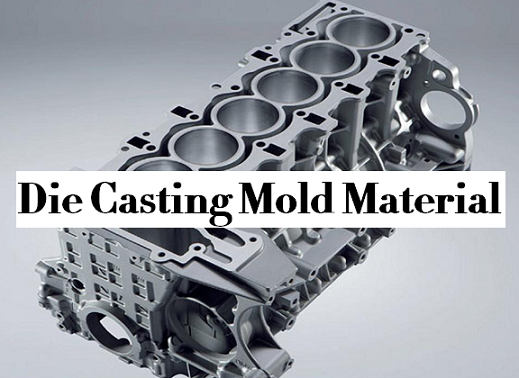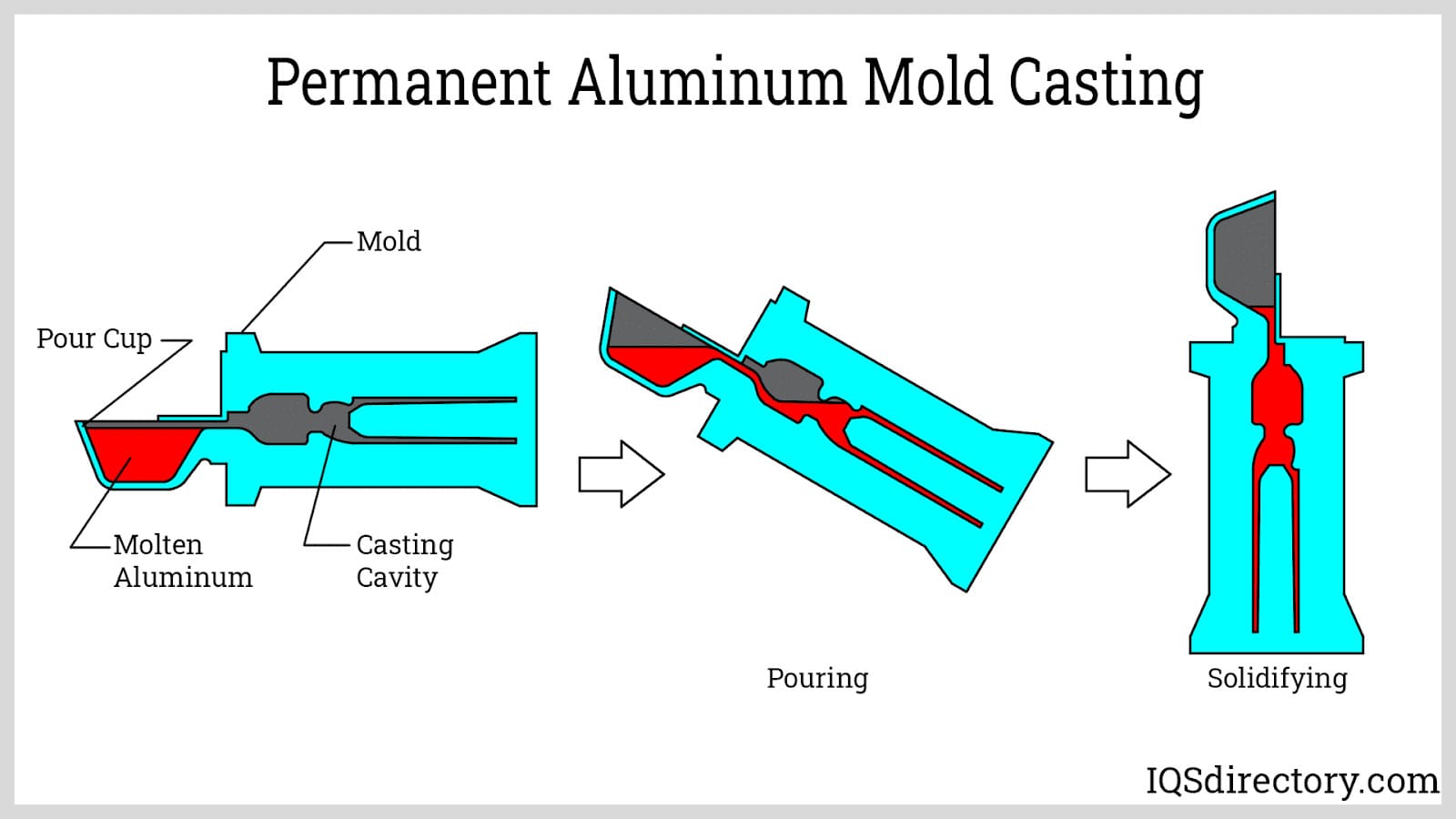3 Simple Techniques For Stahl Specialty Company
3 Simple Techniques For Stahl Specialty Company
Blog Article
Little Known Facts About Stahl Specialty Company.
Table of ContentsThe smart Trick of Stahl Specialty Company That Nobody is DiscussingSome Known Factual Statements About Stahl Specialty Company The Buzz on Stahl Specialty CompanyStahl Specialty Company Fundamentals ExplainedExamine This Report about Stahl Specialty CompanyThe smart Trick of Stahl Specialty Company That Nobody is Discussing

If you're making a steel product, you have actually likely taken into consideration making use of light weight aluminum as the base material. Pure light weight aluminum has actually restricted applications, so it is commonly combined with other elements, such as silicon, magnesium, and manganese to develop alloys.
Different elements and amounts create a variety of desirable physical and chemical buildings. And the Aluminum Organization (AA), based in The United States and copyright, has created requirements that regulate aluminum alloys' structure, residential or commercial properties, and language. There are 2 sorts of aluminum alloys functioned and cast. Shop employees develop these alloy key ins different means, which significantly impacts their qualities.
10 Simple Techniques For Stahl Specialty Company
Cast aluminum alloys are made by thawing pure light weight aluminum and incorporating it with various other steels while in liquid form. Then the mix is poured into a sand, pass away, or investment mold. After solidification, the metal is removed from its mold and mildew. At this phase, it remains in either its last type or as a billet or ingot for further handling.

160.0 represents a cast with a minimum of 99.60% aluminum. The 4th number, which comes after the decimal factor, defines if the alloy is a casting (xxx. 0) or an ingot (xxx. 1). Wrought aluminum alloys likewise begin by combining molten aluminum with various other steels. In comparison to cast alloys, however, they are created right into their final form with procedures such as extrusion, rolling, and bending after the metal has actually solidified into billets or ingots.
There are lots of minor differences between wrought and cast light weight aluminum alloys, such as that cast alloys can consist of extra significant amounts of various other metals than wrought alloys. However one of the most notable difference in between these alloys is the construction process whereby they will go to deliver the end product. In addition to some surface therapies, cast alloys will certainly leave their mold in virtually the specific solid type desired, whereas functioned alloys will certainly undertake a number of modifications while in their strong state.
If you think that a functioned alloy might be the best for your task, have a look at several of our short articles that describe even more regarding certain functioned alloys, such as Alloy 6061 and Alloy 6063. On the other hand, if you think a cast alloy would be better for you, you can discover more regarding some cast alloys in our Alloy 380 and Alloy 383 write-ups (coming soon).
Excitement About Stahl Specialty Company
When selecting an aluminum shop for your manufacturing needs, it's crucial to research several variables. Among the most essential facets to think about is the experience and capability of the factory. aluminum metal casting. Choosing a factory who has the best knowledge of the aluminum spreading process, and the portfolio to reveal for it, aids to have an effective outcome for your project
Having the experience and industry knowledge to engineer your spreadings for optimal manufacturing and quality outcomes will certainly streamline the task. Making light weight aluminum castings calls for a facility set of processes to attain the right outcomes. When choosing a new aluminum foundry to partner with, guarantee they have extensive sector experience and are well-informed regarding all elements of the light weight aluminum casting process: design, production, material evaluation, and item testing.
The shop ought to likewise have a proven performance history of supplying extraordinary products that meet or surpass client assumptions. Quality assurance should likewise be at the top of your list when picking a light weight aluminum factory. By collaborating with a certified factory that complies with the criteria for high quality control, you can shield the stability of your product and guarantee it satisfies your requirements.
By choosing a business who supplies solutions that meet or exceed your item demands, you can be sure that your job will certainly be completed with the utmost precision and effectiveness. Different components need different manufacturing techniques to cast light weight aluminum, such as sand spreading or die casting.
Some Of Stahl Specialty Company
Die casting is the name offered to the procedure of producing complicated steel parts with use molds of the element, likewise recognized as dies. The process makes use of non-ferrous steels which do not include iron, such as aluminum, zinc and magnesium, because of the preferable properties of the steels such as low weight, greater conductivity, non-magnetic conductivity and resistance to corrosion.
Die casting production is quick, making high manufacturing levels of elements very easy. It creates more elements than any type of other process, with a high level of precision and repeatability. For more information regarding die casting and pass away casting products utilized at the same time, checked out on. There are 3 sub-processes that fall under the classification of die casting: gravity pass away spreading (or permanent mold and mildew casting), low-pressure die spreading and high-pressure die casting.
After the purity of the alloy is checked, dies are created. To prepare the dies for spreading, it is essential that the dies are tidy, so that no residue from previous manufacturings continue to be.
The smart Trick of Stahl Specialty Company That Nobody is Talking About
The pure steel, also referred to as ingot, is included in the heating system and kept at the molten temperature level of the steel, which is then moved to the shot chamber and injected into the die. The stress is then kept as the metal solidifies. Once the steel solidifies, the cooling process begins.
(https://www.quora.com/profile/Stahlspecialc)
The thicker the wall surface of the component, the longer the cooling time as a result of the quantity of indoor pop over to this web-site steel that additionally requires to cool down. After the element is completely cooled, the die cuts in half open and an ejection mechanism presses the part out. Adhering to the ejection, the die is shut for the following shot cycle.
The flash is the added product that is cast during the procedure. This must be trimmed off using a trim tool to leave just the major component. Deburring removes the smaller items, called burrs, after the trimming procedure. The part is polished, or burnished, to offer it a smooth surface.
Stahl Specialty Company for Dummies

Zinc is one of the most secondhand alloys for die spreading due to its lower cost of raw products. Its rust resistance likewise allows the components to be lengthy enduring, and it is one of the more castable alloys due to its reduced melting factor.
As discussed, this alloy is one of one of the most frequently utilized, yet manufactures will, sometimes, select aluminum over zinc as a result of light weight aluminum's production advantages. Light weight aluminum is extremely economical and among the a lot more versatile alloys. Light weight aluminum is utilized for a variety of different products and sectors anything from window structures to aerospace materials.
Report this page